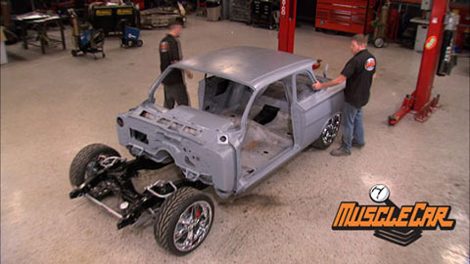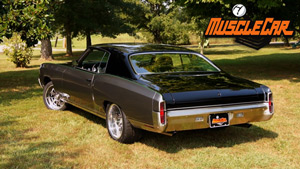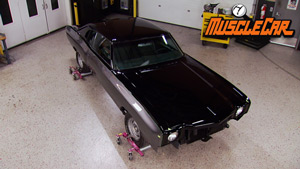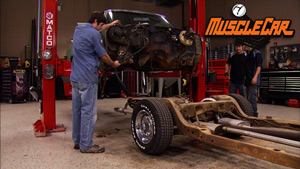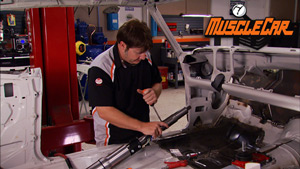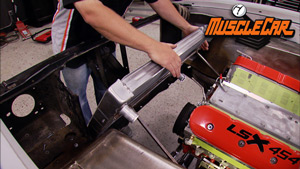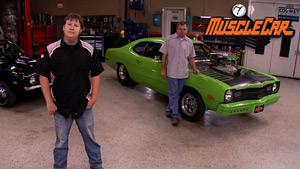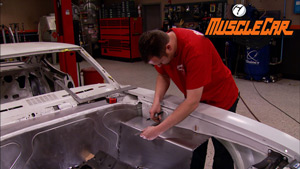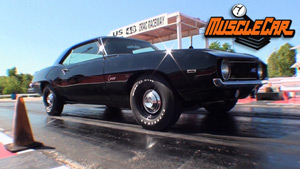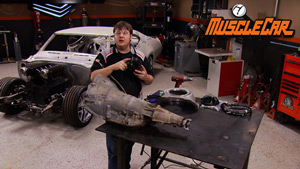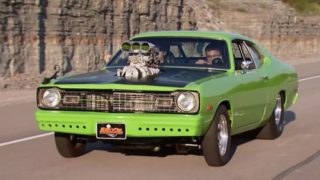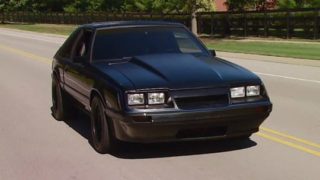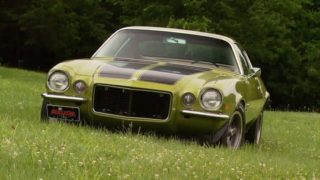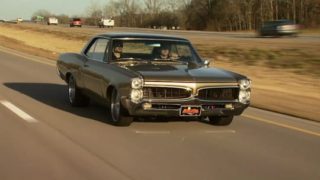MuscleCar Builds
Want more content like this?
Join the PowerNation Email NewsletterParts Used In This Episode
Borgeson
Increased ratio manual gearbox, U-joints and steering shaft.
Loctite
Loctite sealers, thread locking compounds, gasket making compounds.
Powder-X
Black powder coated frame section and media blasting of body parts and frame parts.
Stainless Steel Brakes
13 inch front rotors, four piston calipers, red powdercoating, chrome booster and billet master cylinder.
Stainless Steel Brakes
Rear disc brake package for LB Torino ends, powdercoated red.
YearOne
RH floor brace, LH and RH full floor pan, RH trunk floor, LH floor brace, RH floor brace, trunk floor center section, RH floor box brace, LH floor box brace, RH outer trunk extension floor panel, LH and RH toe board, shift tunnel plate seal, shift tunnel plate, trunk floor brace, fuel tank brace, upper rear seat floor brace, upper trunk floor, upper trunk floor brace, LH outer trunk floor extension panel, RH under seat floor brace, LH under seat floor brace, LH under seat pan, RH under seat brac
